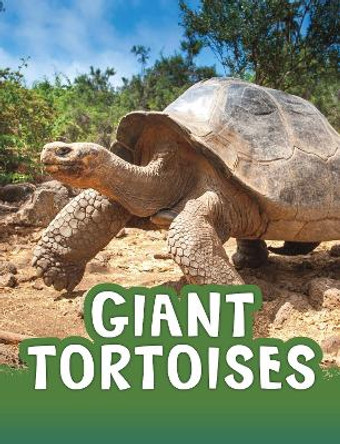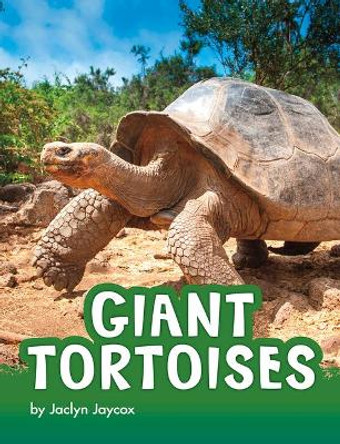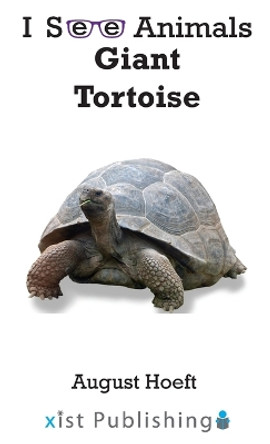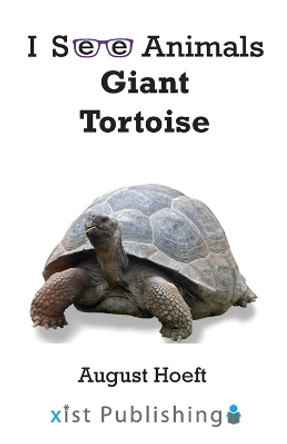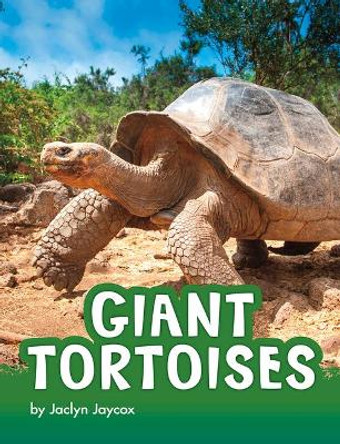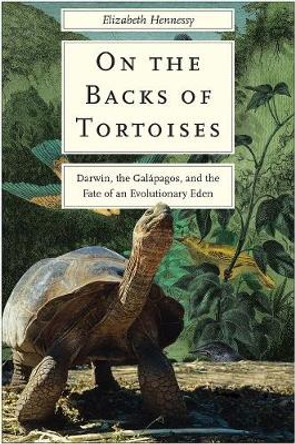Description
About the Author
Dr. James P. Gibbs is Distinguished Professor of Conservation Biology in the Department of Environmental and Forest Biology at SUNY-ESF in Syracuse, New York, US and Conservation Scientist for the Galapagos Conservancy. He received his Ph.D. in forestry and environmental studies from Yale University, Connecticut, US. He has worked on biodiversity conservation issues in the Galapagos over four decades. Dr. Linda J. Cayot has worked for Galapagos conservation for 40 years. She received her PhD on Galapagos giant tortoises from Syracuse University, New York, US. Dr. Cayot served as herpetologist at the Charles Darwin Research Station (CDRS) from 1988 to 1998. In 1997-98, she initiated Project Isabela, aimed at eradicating feral goats on northern Isabela Island. She worked for Galapagos Conservancy in the US from 2006 to 2019, where she played a lead role in the development of the Giant Tortoise Restoration Initiative. Washington Tapia A. is the director of the of the Galapagos Conservancy's Giant Tortoise Restoration Initiative. He received his master's degree in conservation of tropical biodiversity from San Pablo University CEU, Sevilla, Spain and is pursuing his Ph.D. in biodiversity and environmental studies at the University of Malaga, Malaga, Spain. He has led conferences and headed numerous research publications focusing on the conservation and environmental factors on Galapagos animals including giant tortoises and land iguanas.
Reviews
"I want to emphasize that this book is not just for Galapagos giant tortoise enthusiasts. It also highlights the many lessons that have been learned from restoration of Galapagos ecosystems. I teach an undergraduate course on conservation biology and always include a discussion of "ecological substitutes" as a means or restoring lost ecological functions. The comprehensive list of tortoise rewilding efforts around the globe (Chapter 2) will definitely be incorporated into my discussion of this topic the next time I give the course. My course similarly includes a unit on eradication of invasive species, and the eradications successfully completed in the Galapagos (Chapter 19) are certainly a guide for future eradication attempts around the globe. I was particularly interested in the rat eradication carried out on Pinzon Island (Chapter 22) and the immediate benefits detected for not only Galapagos giant tortoises, but also land snails, lava lizards, Galapagos snakes, cactus finches, and Galapagos rails. This leads to my final point about the book's inspiring accounts of individual tortoises. Although we are all aware of the incredible longevity of giant tortoises, the stories in this volume brought it home to me in a way I had not experienced before. I was particularly moved by the story of Diego (Chapter 21), the Espanola giant tortoise who was collected from his home island in 1934, spent 43 years at the San Diego Zoo, was then transferred to the Tortoise Breeding Center to participate in the captive breeding program for another 43 years, before being returned to his home island in 2020. It is incredible to think of any living organism having witnessed so much change, but the authors of this volume calculate that 2% of Galapagos giant tortoises alive today would have been present when Darwin visited the islands in 1834. It is only due to their extreme longevity that the tortoises were able to persist through centuries of human exploitation and invasive species (e.g., there was no natural tortoise recruitment on Pinzon for over a century). I commend the authors for composing engaging chapters across the board and the editors for forming them into a cohesive volume." --The Quarterly Review of Biology
Book Information
ISBN 9780128175545
Author James P. Gibbs
Format Hardback
Page Count 536
Imprint Academic Press Inc
Publisher Elsevier Science Publishing Co Inc
Weight(grams) 1650g





